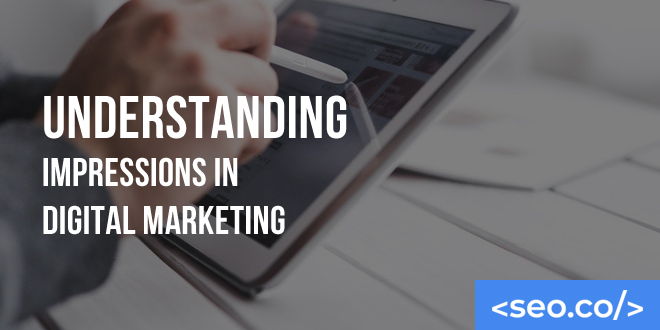When a company is running an online advertising campaign, it will often look at impressions and clicks as indicators of success.
However, these metrics don’t tell the whole story. Impressions are how many times your ad was served to someone on a website, but it may not reflect how many people actually saw your advertisement or interacted with it in any way.
Clicks are just one piece of the puzzle when you’re measuring return on investment (ROI). If you want to better comprehend your campaign and maximize its ROI, then this guide can be the perfect resource.
Table of Contents
What are Impressions in Digital Marketing?
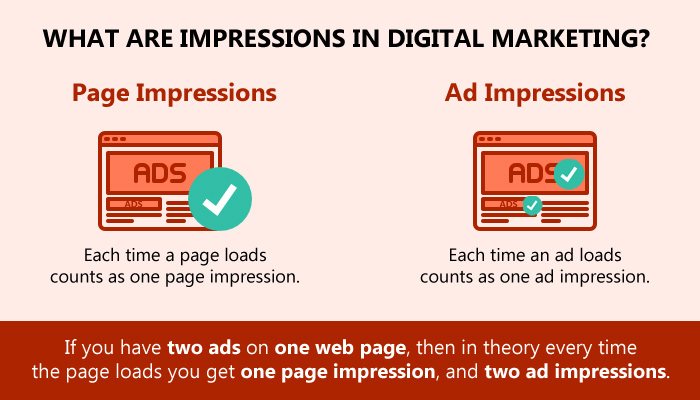
An impression is a single occasion of an advertisement being served to someone on a website.
Impressions are essentially the number of times that your ad has been seen, but it doesn’t tell you how many people actually interacted with your advertising in any way including clicking or scrolling through it.
Impressions can be deceiving because they don’t account for whether or not anybody cared about what was shown and clicked accordingly. Clicks are just one piece when measuring ROI which we will explain more below.
Clicks measure human interaction with advertisements within digital marketing campaigns like social media ads or Google display ads as well as search engine marketing (SEM).
Some may believe that impressions are less important than clicks. In reality, both are useful metrics for judging the performance of any digital marketing campaign.
What Does it Mean if Your Campaign is Flooded with Impressions?
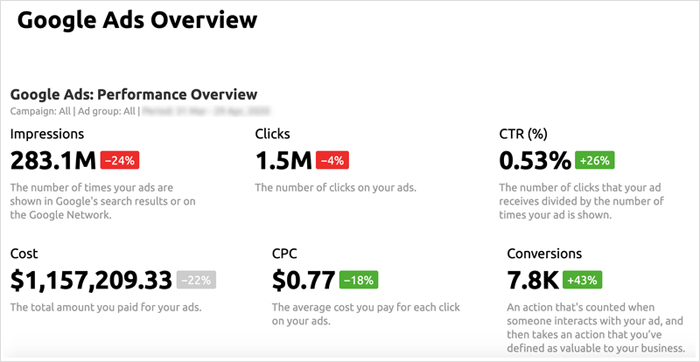
If you have a lot of impressions and a few clicks, it could mean that your advertisements are being shown to many people but nobody cares.
It may also be the case that there is something wrong with how your ads are set up or displayed on publisher websites where you’re running them.
What Does It Mean if Your Campaign Has Lots of Clicks?
The opposite can also be true in some cases; more clicks than impressions might indicate that not enough people saw your ad in order for it to spread far. Just because someone clicked on your ad or visited your website doesn’t always mean they’re eager to buy.
When considering which metric matters most, remember to look at both as they reflect different things about advertising performance. You should never take either one at face value because doing so will leave out important information when making decisions about managing your campaign.
How to Properly Evaluate Impressions in Your Campaign
Knowing what impressions and clicks are, now you’re ready to learn how to evaluate them.
The first step is for you as the marketer or manager of an advertising campaign to get a clear understanding of your goal from the beginning. You need to know exactly where you want this campaign in order to recognize any potential pitfalls that might occur.
For instance, if all you care about is getting people’s email addresses then don’t be surprised when they stop clicking on your ads after registering with their information because it didn’t meet their needs or interests anymore.
If instead, customers are just browsing through pages without converting then those impressions could still have value depending on who sees them and why they see them so many times despite not interacting at all.
Again, impressions will hold varying values depending on what your goal is. If your goal is to maximize conversions, impressions need to turn into clicks, and finally into conversions.
If your goal is building awareness, impressions need to maintain a high dwell time on your website and also convert, whether you’re building an email list or promoting an eBook.
The Controversy Surrounding What an Impression Is
It’s important to note that impressions are not the same thing as a page view.
A “page view” is used primarily for counting how many times someone has looked at their website or blog post since they published it online, but does not account for whether said person interacted with your advertisement in any way including clicking on it.
Sometimes people will say when referring to an impression that you need 100 million of them before anyone will actually interact with your ad, and this is false because no one knows what the number would be! The only things we know are that more impressions usually lead to more clicks which then may lead to conversions depending on what goal was set out from the beginning.
Why Impressions Still Matter in 2021
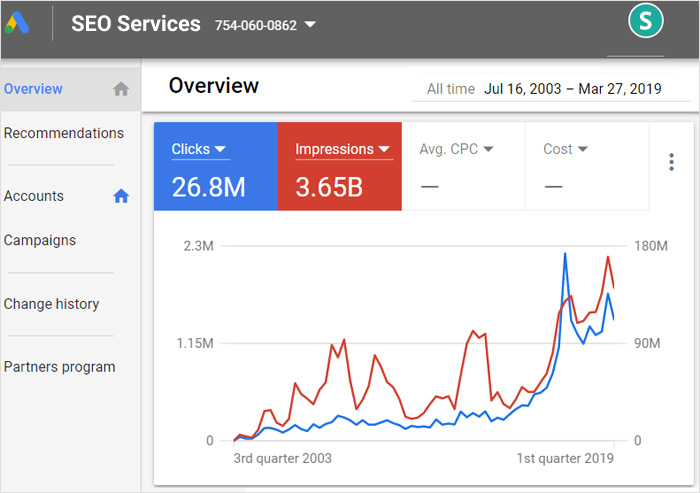
It’s 2021 and impressions are still relevant to digital marketing efforts.
Why?
First, Google uses them as a way of calculating the relevance of individual web pages when it provides search results for keywords.
Second, publishers use them to decide what ads they display on their websites or blog posts in response to specific clicks from readers.
In other words, if someone is reading an article about health care reform then an ad about HMOs might be displayed near that content because people who read articles like this one want more information on such topics.
The key phrase in the word impression is “impress”. When someone stops to glance at your ad, it means they’re intrigued. Whether you’re trying to convert more customers or build brand awareness, the first step is creating ads that are interesting to your target audience.
In this sense, impressions are more than a vanity metric. The more impressions your campaign has, the more you can assume it has intrigued several members of your target audience.
Other Important Digital Marketing Metrics to Value
It’s important to note that impressions are not the only metric you should be investigating when managing your campaign.
For instance, if you are trying to build awareness for a product or service then clicks will matter more than impressions because it is what leads people towards conversion.
If instead, conversions are your goal then days on-site and pages per visit might mean more than any other metrics except for maybe traffic sources.
However, these numbers do not usually tell us anything about how many people interacted with an ad during their time on the website while browsing around.
They just show how long someone spent browsing each individual page of content. For this reason alone, reporting based solely on engagement rates can sometimes be counterproductive.
How to Get the Results You Want in Your Campaign
Monitoring impressions is one way to assess the performance of your campaign. By following these strategies, you can fine-tune your campaign to deliver the results you’ve been looking for.
Create Realistic, Measurable Goals:
Before you start a campaign, it’s important to define your goals for the project and then build campaigns that have quantifiable metrics. Goals for awareness might be impressions or views, while conversions may relate more closely to clicks on ads.
Measure with Google Analytics (GA):
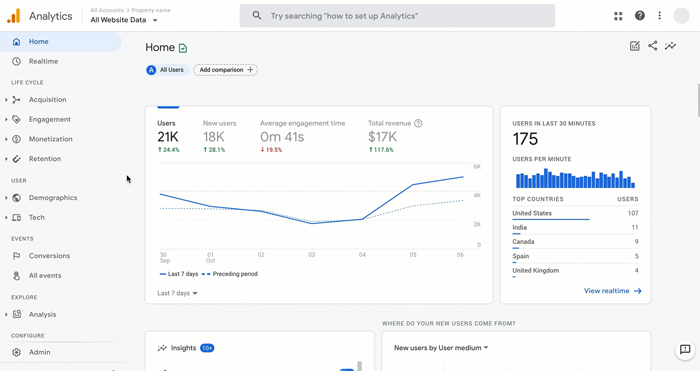
One of the best ways to track data in GA is by setting up conversion events such as an email sign-up form submission or purchase at checkout. You can also use event tracking scripts like GTM to create custom triggers in order to report certain actions taken after someone has been exposed to your ad online – like when they click on your website button!
Begin Tracking Your Goals:
The only way to monitor the performance of your campaign metrics is by measuring impressions and clicks.
How many people are viewing or clicking on your ads? What’s their behavior like once you’ve captured their attention with a compelling ad that reveals a need they have? These numbers will tell you whether or not your campaign has been successful in delivering results for what it was sent out to do.
Create Regular Progress Reports:
You can create reports that show your impressions and clicks by week, month, or quarter.
This will help you compare the performance of different ads over time to see which ones are yielding better results for your business goals.
Perform A/B Tests:
You can also use A/B tests to compare the performance of your campaigns.
This will show you how different variations affect a campaign and their success rates for conversions, time-on-site, or any other metric that is important to you.
Watch Your Costs:
Creating impressions in Google Ads may be free but there are costs associated with creating them elsewhere like Facebook Ads. Monitor your expenses carefully so you don’t go over budget.
Create Reports Based On Impressions:
If all else fails, then make sure that at least every month you’re reporting which ads lead to higher numbers of impressions – whether they were clicks or not. This number alone will hopefully point out what’s working best for your business goals.
Prioritize Long-Term Value:
It’s important to take the long-term view when running a digital marketing campaign and try not to focus on short-term results.
What are your impressions right now? Which of these will lead towards conversions in the future and which ones won’t? It may be hard at times, but keeping track of what you’re doing is essential for maintaining control over your company.
Make Sure Customer Service isn’t Turning Prospects Away:
It’s also important to make sure you’re not turning away prospective customers by being unresponsive on the phone or leaving them hanging with no response after they’ve contacted your company.
If a customer is complaining about something, find out what their issue is and try to solve it as best you can without deflecting blame on other departments that might be responsible for handling a certain type of complaint.
Adjust to the Buyer’s Journey:
Another way to maintain control of your company is by adjusting the buyer’s journey.
Create an experience that moves customers from an interest in your product, or awareness about it, to a point where they’re ready and willing to purchase something on their own terms – whether through email marketing campaigns or content that you publish on social media channels.
It can be hard sometimes when someone asks for help but doesn’t know what they need because they haven’t done research into what might work best for them yet. But if you spend time talking with them, then maybe this will lead towards better conversion rates down the line as well.
Optimize Your Website for SEO:
If you’re not getting enough impressions from your marketing campaign, then it may be worth considering the possibility that people aren’t finding your website when they search for products or services like yours.
One way to optimize is by ranking higher on Google Search Pages so more people will find you. This might require hiring an SEO specialist to help boost traffic and conversions to your site in a cost-effective manner. However, if this helps turn prospects into customers down the line, then it’s probably worth doing.
Monitor Your Budget:
It’s also important to monitor your budget when running a campaign.
If you’re not keeping track of how much is being spent on impressions, then it may be hard for you to know whether or not the strategy is working.
However, this could lead towards more conversions down the line if done correctly because those figures will reflect real-world numbers that are based on previous events and results in past campaigns.
Hire a Digital Marketing Agency:
At the end of the day, if you’re not sure how to best keep control over your company and conversions are declining, then it may be time to hire a digital marketing agency that specializes in these services.
Hiring a digital marketing agency provides the following benefits:
- They have the expertise and experience to create marketing campaigns that will lead to more conversions.
- It’s easier for them to track impressions instead of trying to do so yourself if you’re not experienced in this field.
- Digital marketing agencies have the tools and resources to manage small and large campaigns for a variety of different business verticals.
Contact Us Today!
Contact us today and speak to one of our digital marketing experts.
We can answer any questions you may have about impressions, or give you a free consultation so we can discuss the best way for your company to allocate its resources in order to get more conversions.
Therefore, give us a call today to speak to a member of our team to learn more about how we can help.
- Risky SEO Tactics that Kill Your Search Engine Rankings - April 21, 2025
- How to Tell if an SEO Agency Is Trustworthy [in 5 Steps] - April 7, 2025
- Why Isn’t My Website Ranking on Google? [9 Reasons + Fixes] - April 2, 2025

